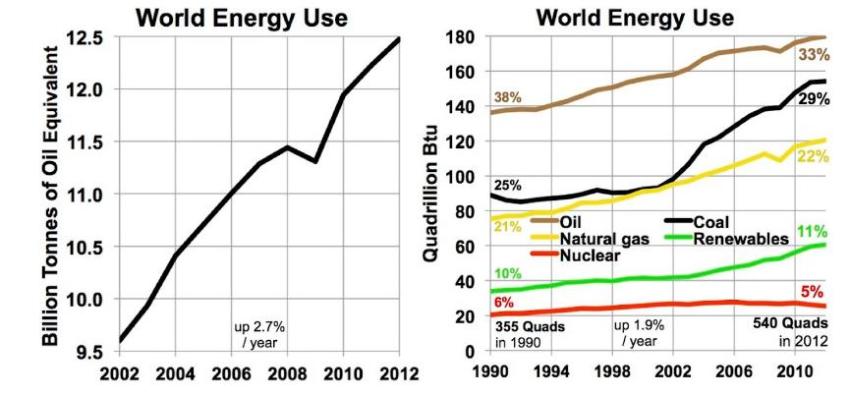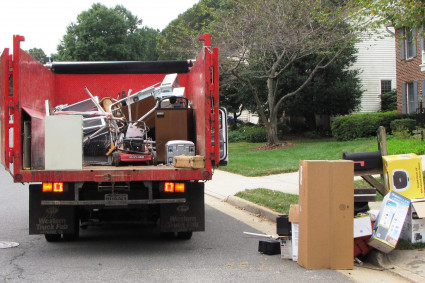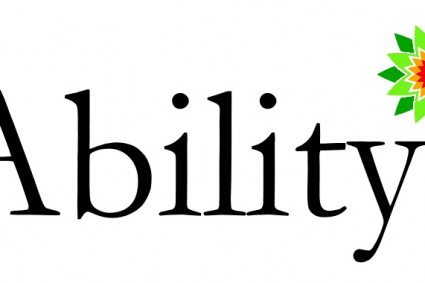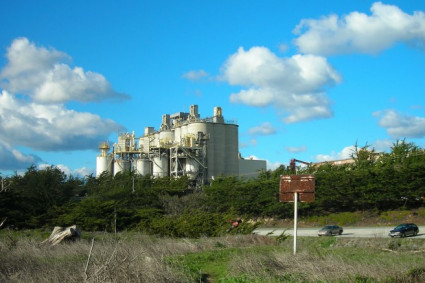
Smart Technologies Reshaping World Energy Consumption in 2025
In a world humming with electricity and data, a silent revolution is underway. Beneath the hum of servers and the glow of smart meters, new technologies are quietly reshaping world energy consumption, inching us toward a future where efficiency isn't just a buzzword; it’s a survival strategy.
Over the past year, global electricity demand surged by approximately 4.3% and is projected to climb another 4% annually through 2027. That’s the equivalent of adding a country the size of Japan to the grid every year. In this story of unrelenting growth, smart technologies emerge as both protagonists and guardians of a fragile energy ecosystem.
The Smart Grid: Nervous System of Tomorrow
Picture a spider’s web of sensors, data flows, and switches reacting in milliseconds to every flicker of demand. Smart grids do just that, coordinating energy flows in real time. In North America and Europe, grid modernization continues apace, with the U.S. Later, in 2024, the Department of Energy is expending grants of around $70 million. It is to build up smart grid resilience and wildfire prevention.
By 2025, the global smart energy market is estimated at nearly $194 billion, climbing to almost $485 billion by 2035, with a compound annual growth rate of around 10–10.6%. These aren’t idle forecasts—they're commitments. Smart grids reduce energy losses, prevent outages, and balance loads. The result? A more responsive network that throttles ineffectiveness when demand spikes, lessening world energy consumption miles subsequently.
Smart Meters & Home Management: Control at the Fingertips
Step inside the modern home, and you’ll find smart meters doing more than reporting usage. They’re part of a feedback loop. Consumers track consumption in real time, adjust behavior, and save money. ABB’s ReliaHome platform, launched mid‑2024, empowers homeowners across North America to reduce energy waste. All throughout the Asia-Pacific zone, governments are restoring conventional meters en masse. India alone plans to convert 250 million homes.
These devices create an invisible bond between utility and user: users, now aware of their habits, shift consumption to off-peak hours; utilities smooth demand curves. The cumulative effect? Lower peak loads, fewer emissions, and a smarter grid, all contributing to optimized world energy consumption.
AI & IoT in Data Centers: Taming the Digital Beasts
Data centers are the power box of contemporary energy use, swallowing about 1.5% of worldwide electricity today, with projections to twice the amount by 2030. Element in AI-power-hungry, resource-demanding, and that figure rapidly increases.
But smart technologies come bearing tools: AI-driven cooling, predictive maintenance, load balancing. Digital Realty, operating over 300 data centers, aims to reduce energy and water usage by harnessing machine learning and liquid cooling; they're targeting a 60% emissions reduction per square foot by 2030.
Globally, AI-powered data centers may consume up to 945 TWh annually by 2030—yet efficiencies driven by smart tech could trim emissions by about 5%. It's a tale of doubling size but staying sharp.
Energy Storage, Solar, EVs: The Smart Tech Trifecta
Smart technologies aren’t confined to grids and data centers. Energy storage systems, especially batteries, are now integrated with grids, solar arrays, and even electric vehicles. In 2025, universal investment in clean energy (incorporating renewables, storage, and nuclear) is predicted at $2.2 trillion, which is twice that of fossil fuels.
Solar investment stands out: $450 billion, followed by $66 billion into battery tech. Storage systems act as shock absorbers, absorbing excess solar output midday and easing demand peaks. Smart algorithms direct power flows, optimizing world energy consumption across sectors.
Meanwhile, smart charging networks for electric vehicles match battery use to grid availability, avoiding spikes. Combined with solar and storage, they form a virtuous cycle, powering mobility without hurting the grid.
Governments & Industry: Steering the Ship with Smart Policies
Governments recognize the stakes. Europe, India, China, all have rolled out policies to incentivize smart meter deployment, grid upgrades, and data center decarbonization. In Thailand's Punggol Digital District, a region-level smart grid networks sensors, solar, and storage. In Asia-Pacific, prompt industrialisation and productivity mandates drive growth.
The International Energy Agency warns of a $400 billion annual shortfall in grid infrastructure spending. Smart technologies can stretch every dollar, reducing waste, increasing reliability, and making renewables more viable.
Challenges & Way Forward
Yet it’s not all moonlight and miracles. Integration complexity, capital costs, and cybersecurity risks threaten progress. Smart systems demand robust infrastructure, vigilant oversight, and constant evolution.
Equity matters too. While advanced economies surge, sub-Saharan Africa still struggles with unreliable electricity access. Smart technologies can bridge gaps, but only if tailored to local needs and resourced properly.
Why It Matters and Why You Should Care
By weaving together smart grids, meters, AI, storage, and policy, we begin to tame the beast of world energy consumption. We make it responsive, efficient, and sustainable. For readers: this isn’t distant jargon; it affects your electricity bills, your carbon footprint, and the resilience of the digital world you rely on. The smart revolution is more than infrastructure; it’s a lifeline.
The next time you see solar panels on a rooftop, an app adjusting your thermostat, or a data center blinking in the night, know there’s a silent pulse guiding it all, smart tech, quietly reshaping how we use energy. And as these technologies grow smarter, more integrated, and more widespread, they’ll keep you reading, wondering, and coming back to witness the unfolding story of energy’s transformation.
By 2025, amid the surge in global power demand (an extra ~3 500 TWh expected over three years), smart technologies stand at the frontline of efficiency. They’re no longer novelty, they’re essential. And in their success lies our collective hope for a future where energy is not just consumed, but intelligently used.










